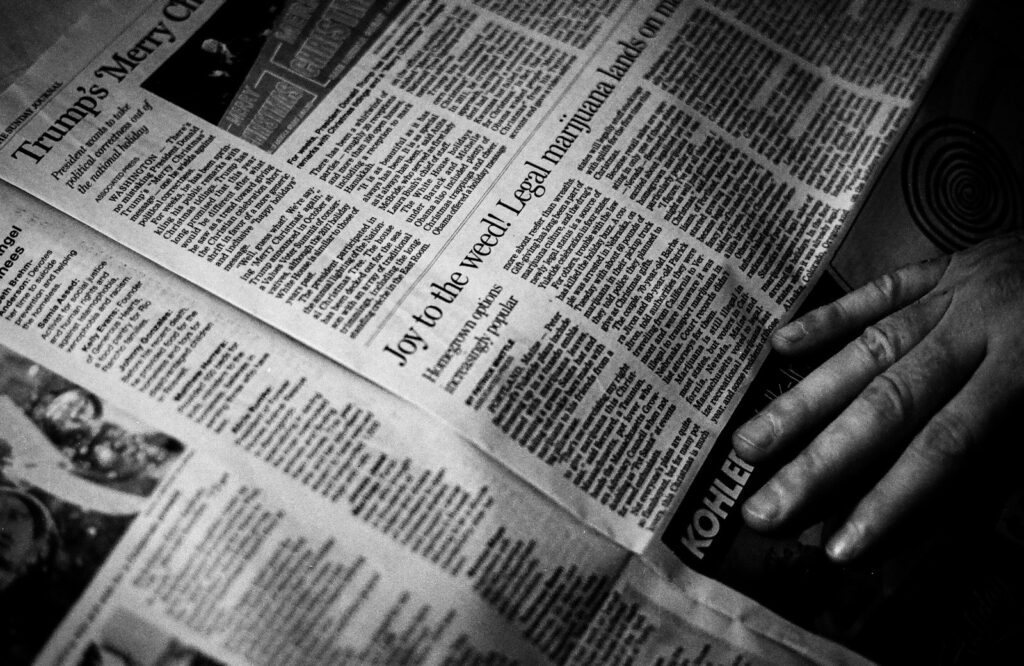
A Publishing Icon’s Passing
Ann Schakne Harris, a titan of the publishing world whose six-decade career shaped some of the most enduring bestsellers of modern times, died on June 1 at 99. Her work was more than a career; it was a testament to the quiet power of editorial craftsmanship, refining manuscripts into cultural phenomena. From “The Exorcist” to “The Thorn Birds,” Harris left an indelible mark on literature, with an unmatched gift for turning promise into impact.

Early Steps in Manhattan Publishing
Harris entered Manhattan’s publishing world in 1952, starting as a “reader” tasked with evaluating manuscripts for hidden potential. The role, though foundational, gave little hint of the influence she would later wield. For nearly 20 years, she balanced part-time work in publishing with raising two children, a period she described as being “in and out” of the industry’s demands. This steady dedication laid the groundwork for the pivotal moments that would define her career.

Crafting “The Exorcist”
In 1969, Harris encountered a manuscript that would showcase her editorial genius: William Peter Blatty’s “The Exorcist.” Blatty, armed with a $10,000 advance, had crafted a work that even his secretary “was too spooked to work on it when she was alone in the house.” Harris took on the task of shaping its plot, characters and narrative into a coherent story.
Over six weeks, she and Blatty collaborated intensely in a New York hotel, refining the manuscript into what The New York Times later called “theological horror.” Published by Harper & Row in 1971, it soared to bestseller lists, selling 13 million copies in the U.S. alone. “From the beginning, I knew absolutely that it was going to the top of the list,” Harris said. “And I knew that I could make it happen.”

The Triumph of “The Thorn Birds”
Harris’s success extended to Colleen McCullough’s “The Thorn Birds,” published in 1977. She “essentially discovered Ms. McCullough,” then a Yale professor, and edited her first novel “Tim” (1974). With “The Thorn Birds,” their partnership deepened.
McCullough often stayed at Harris’ Manhattan apartment while they polished the Australian Outback saga, likened to “the Australian ‘Gone With the Wind.’” Despite mixed reviews, it became a global sensation, selling 30 million copies by 2015 and fetching a record $1.9 million for paperback rights. For McCullough’s 1981 novel “An Indecent Obsession,” Harris traveled 9,000 miles to Norfolk Island to collaborate, a testament to her commitment.

A Legacy of Collaborative Editing
This level of engagement with authors defined Harris’s approach, earning her deep respect across the industry. She did not treat manuscripts as static documents to be polished from a distance but as living works requiring dialogue, curiosity, and mutual trust. For Harris, editing was a partnership—one where she listened as much as she guided, asking questions that pushed authors to dig deeper into their characters’ motivations or refine the emotional core of their narratives. “She was a classic, old-style editor. She took time and pains with authors,” said Frances McCullough, who worked with her at Harper & Row. This dedication extended beyond the page; she remembered birthdays, followed their personal lives, and celebrated their small victories, creating bonds that often outlasted the publication process.

Versatility Across Genres and Publishers
Harris’s influence spanned genres. She edited Betty Ford’s autobiography and Warren Buffett’s authorized biography, distilling complex ideas into accessible prose. She guided a smuggled manuscript by Soviet composer Dmitri Shostakovich to publication and contributed to two Pulitzer Prize winners: Dr. Robert N. Butler’s “Why Survive? Being Old in America” (1975) and Dan Fagin’s “Toms River” (2013).
After leaving Harper & Row in 1980, she joined Bantam in the late 1980s, working on production for Stephen Hawking’s “A Brief History of Time.” Her correspondence with Hawking ensured the book’s seamless journey to readers, and she continued contributing to his subsequent works, showcasing her ability to navigate complex scientific material.

Roots and Enduring Impact
Born in Manhattan on September 22, 1925, Harris inherited a love for words from her father, a former newspaper manager, and her mother, a schoolteacher. She graduated from Hunter College in 1946 and earned a master’s from Radcliffe in 1948, where she attended its inaugural publishing course—a program that shaped her holistic understanding of the industry.
Harris was more than an editor; she was a literary midwife, nurturing ideas and guiding authors to realize their visions. Her legacy lives in the stories she helped bring to life, captivating millions. As the industry mourns her passing, her standards of collaboration and craftsmanship continue to inspire editors and readers alike.



